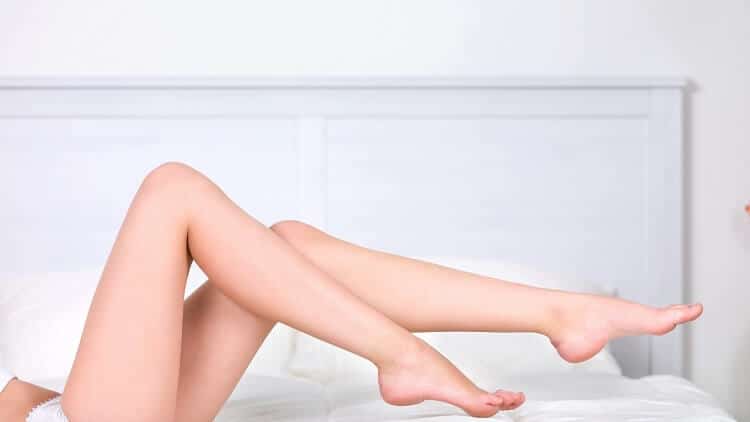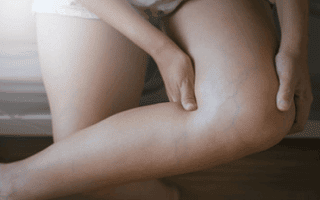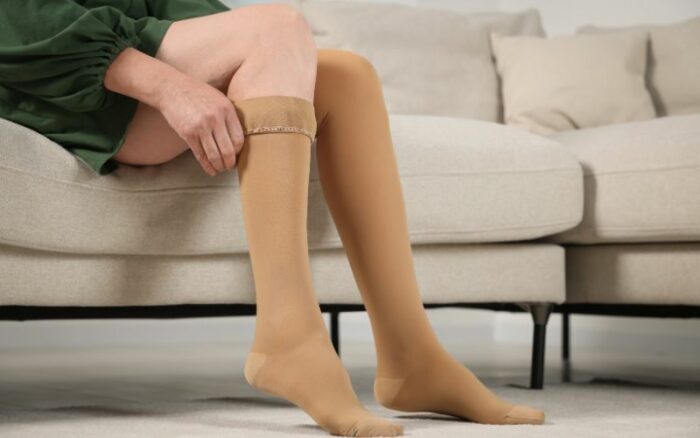
Spider veins on your legs can affect your confidence and make you want to cover up. Spider vein treatment can restore your clear, even skin and fade problem veins. Many people have questions about how spider vein treatment will work and what recovery is like, so your Albuquerque Vein & Laser Center team works to ensure you understand what to expect.
What are Spider Veins?
Do you have small, visible veins on your legs that look discolored and twisted or branched? These spider veins are an aesthetic concern, although Dr. Cutchen may perform other examinations to determine if you have an underlying vascular issue. Spider veins form when normal veins become stretched and damaged. They will not return to normal, but they do respond to treatment.
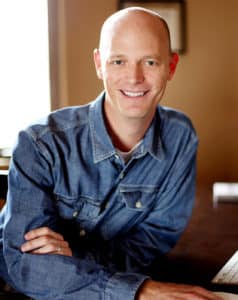
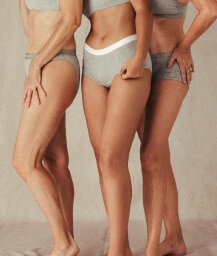
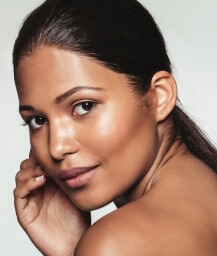
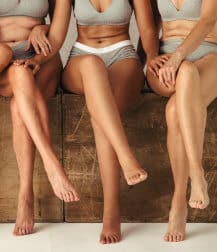
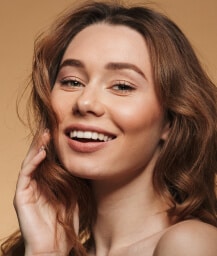
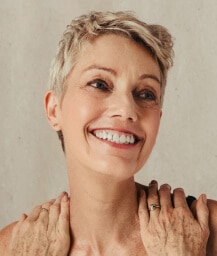 Do you have a question?
Do you have a question?
